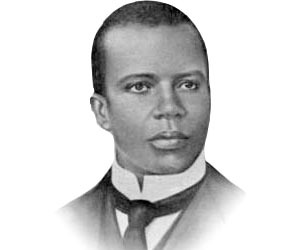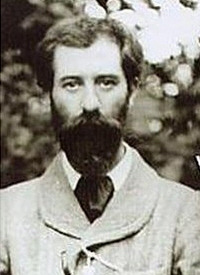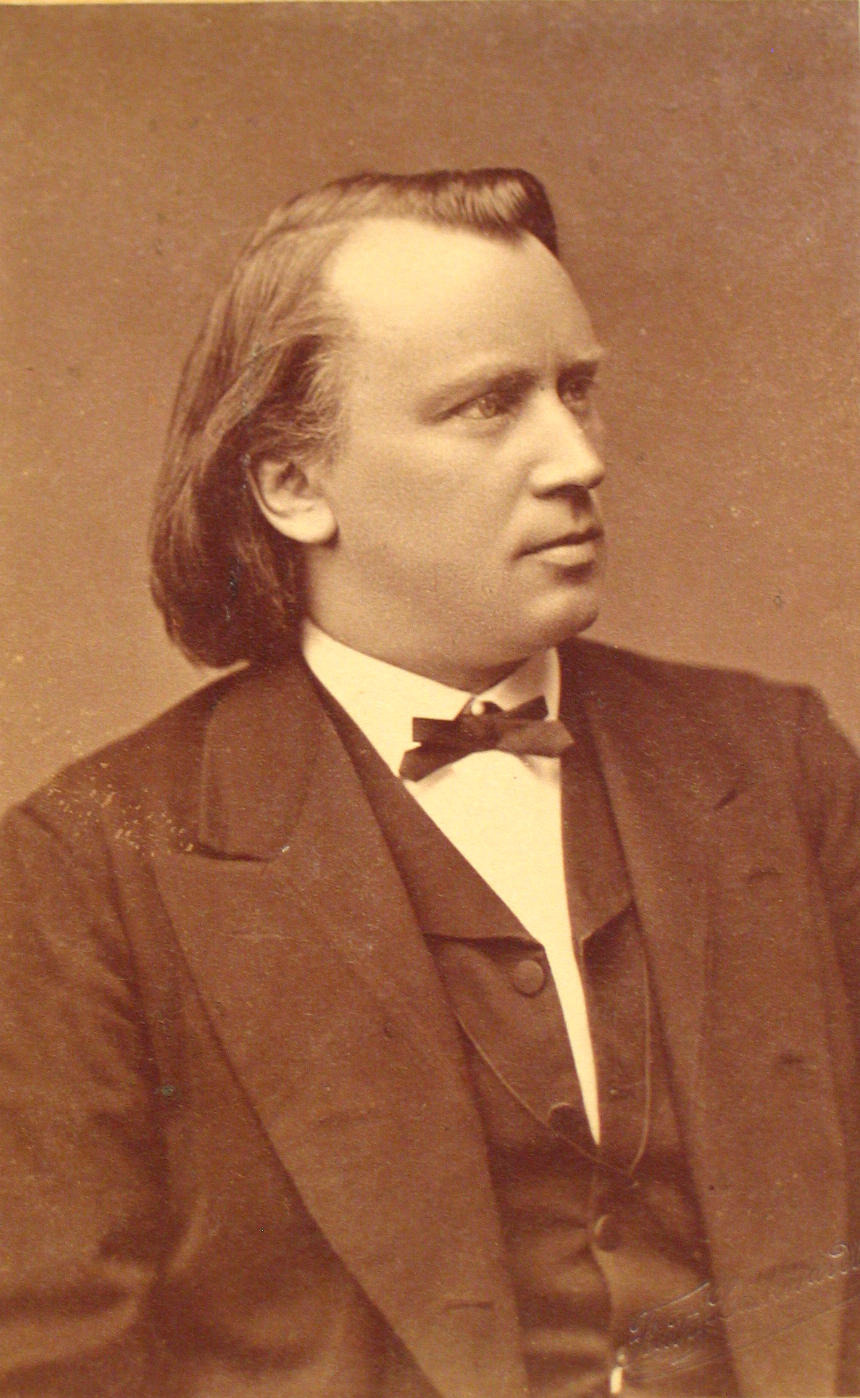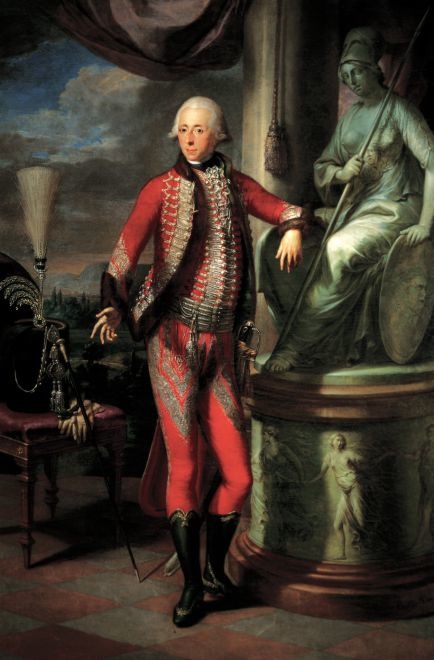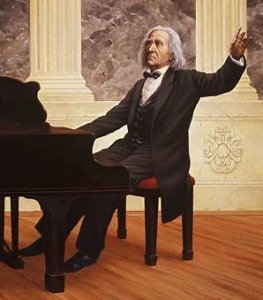
Liszt
Credit: http://www.violinstudent.com/
Pauer’s key characteristics for A flat minor is that it “adapts itself well to funeral marches, and is full of a sad and almost heart-rending expression; in it we seem to hear the wailing of an oppressed and sorrowing heart.”
When Pauer is referring to a ‘funeral march,’ he’s almost certainly referring to the march found in Beethoven’s Piano Sonata No. 12. The work was completed in 1801 and seems to anticipate the next funeral march he would write for his Eroica Symphony in 1803-4. That funeral march, however, is in C minor. Beethoven himself arranged this movement for orchestra and it was played during Beethoven funeral procession in 1827.
Beethoven: Piano Sonata No. 12 in A-Flat Major, Op. 26: III. Marcia funebre sulla morte d’un eroe (Murray Perahia, piano)
Tchaikovsky also wrote a funeral march in A flat minor, as part of his Op.21 collection. This group of 6 pieces was dedicated to Anton Rubinstein and are a rare example of a virtuoso pianist showing off his compositional abilities, rather than his virtuosic skills. In this set, he goes through all the popular styles of the day: one movement is a fugue (showing his contrapuntal skills), and, along with the funeral march, there’s an impromptu, a mazurka, and a scherzo.
Tchaikovsky: 6 Morceaux, composes sur un seul theme, Op. 21: No. 4: Marche funebre in A-Flat Minor (Andrey Yaroshinsky, piano)
In his Transcendental Etudes, Liszt took A flat minor as the key for his etude on bells: La campanella. It doesn’t seem to have the heart-rending quality that Pauer was looking for and, indeed, what we would hope not find in a set of bells!
Liszt: 6 Etudes d’execution transcendante d’apres Paganini, S140/R3a: No. 3 in A-Flat Minor, “La campanella” (Jorge Bolet, piano)
What pieces do you think should be added here? Keep in mind that the piece should date from before 1876, when Pauer’s book was published. Another guideline might be to note the relatively small list of composers he gave as examples: Haydn, Mozart, Beethoven, Mendelssohn, Schubert Rossini, Weber, and Spohr – all stalwarts of German classicism / romanticism.

